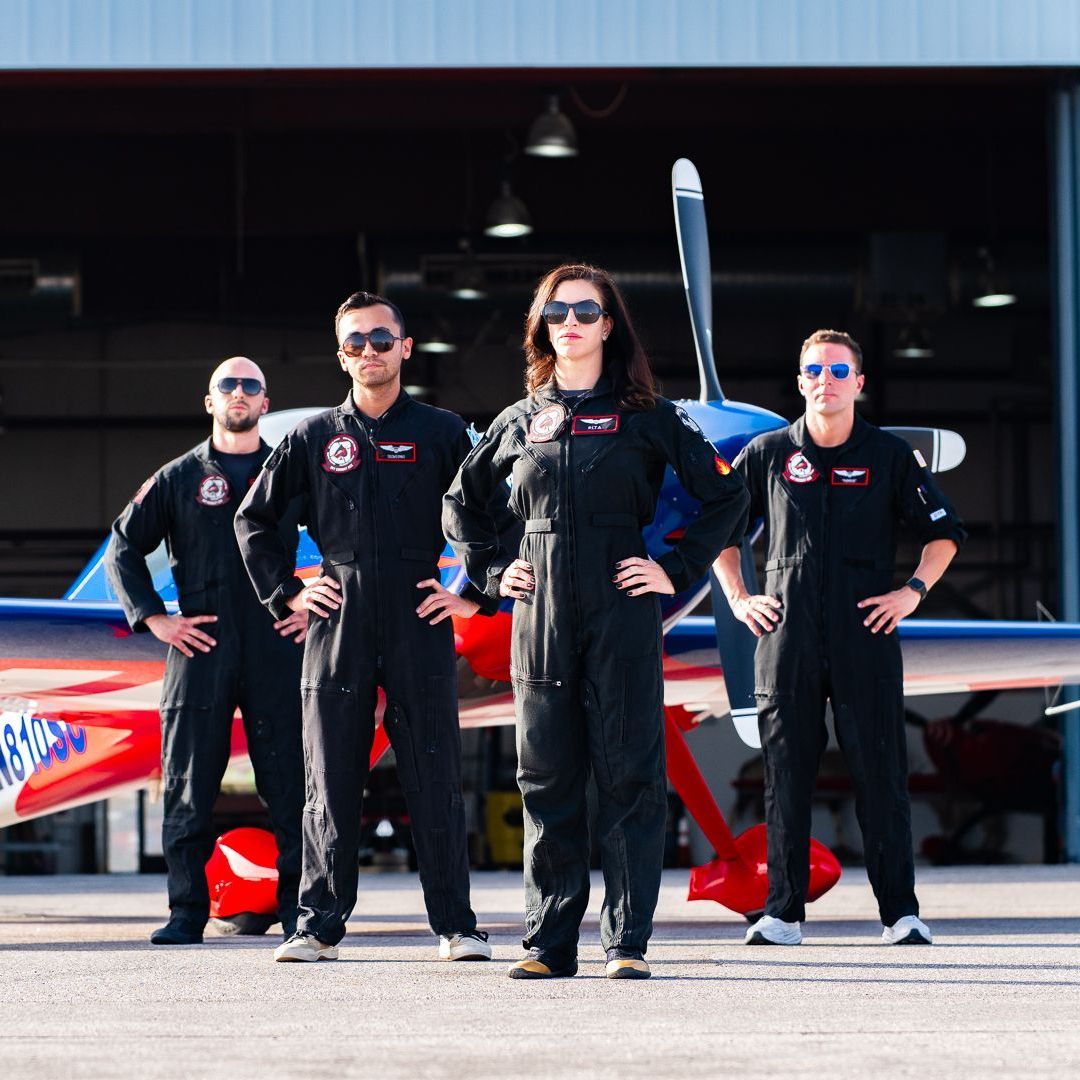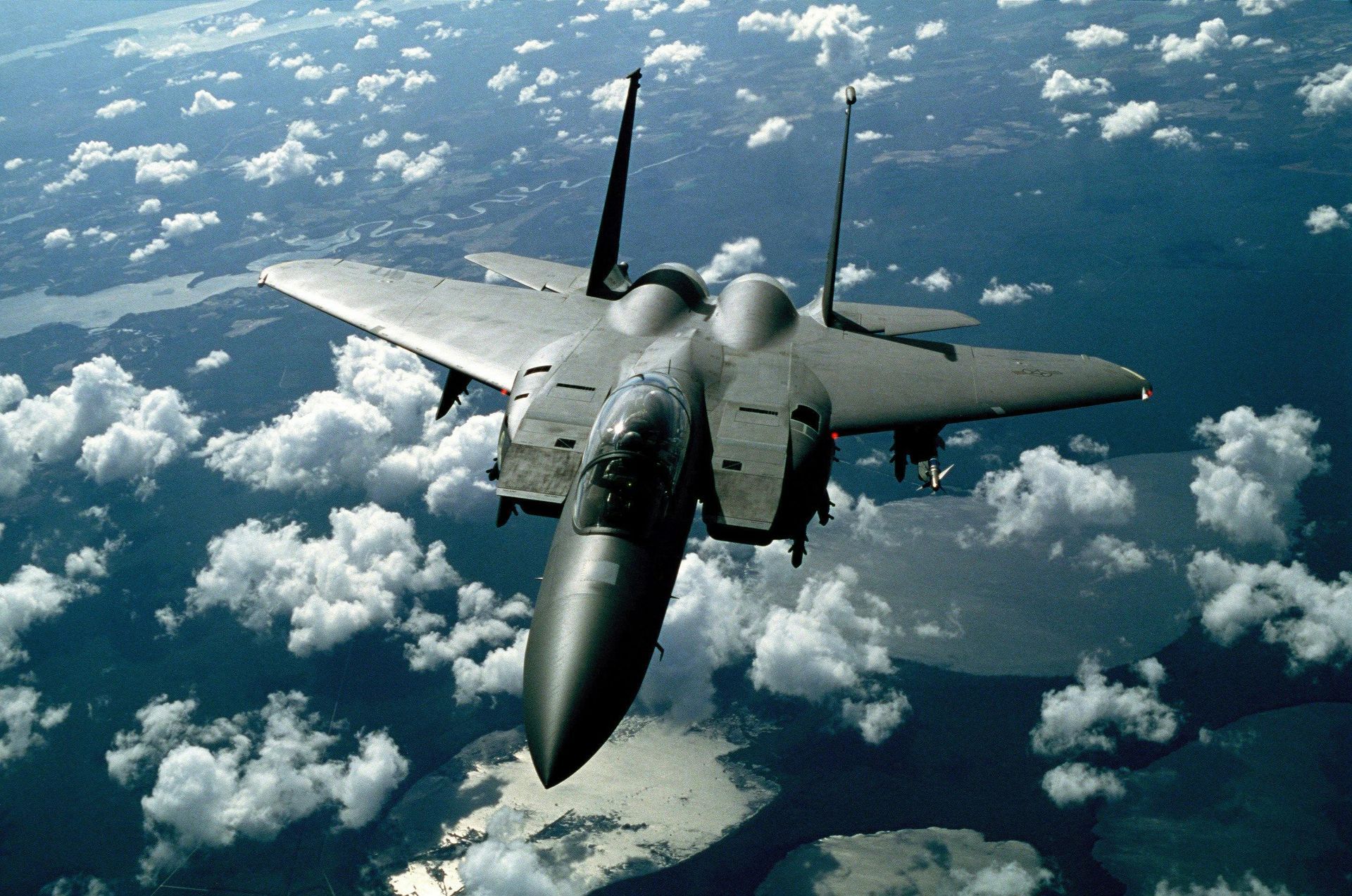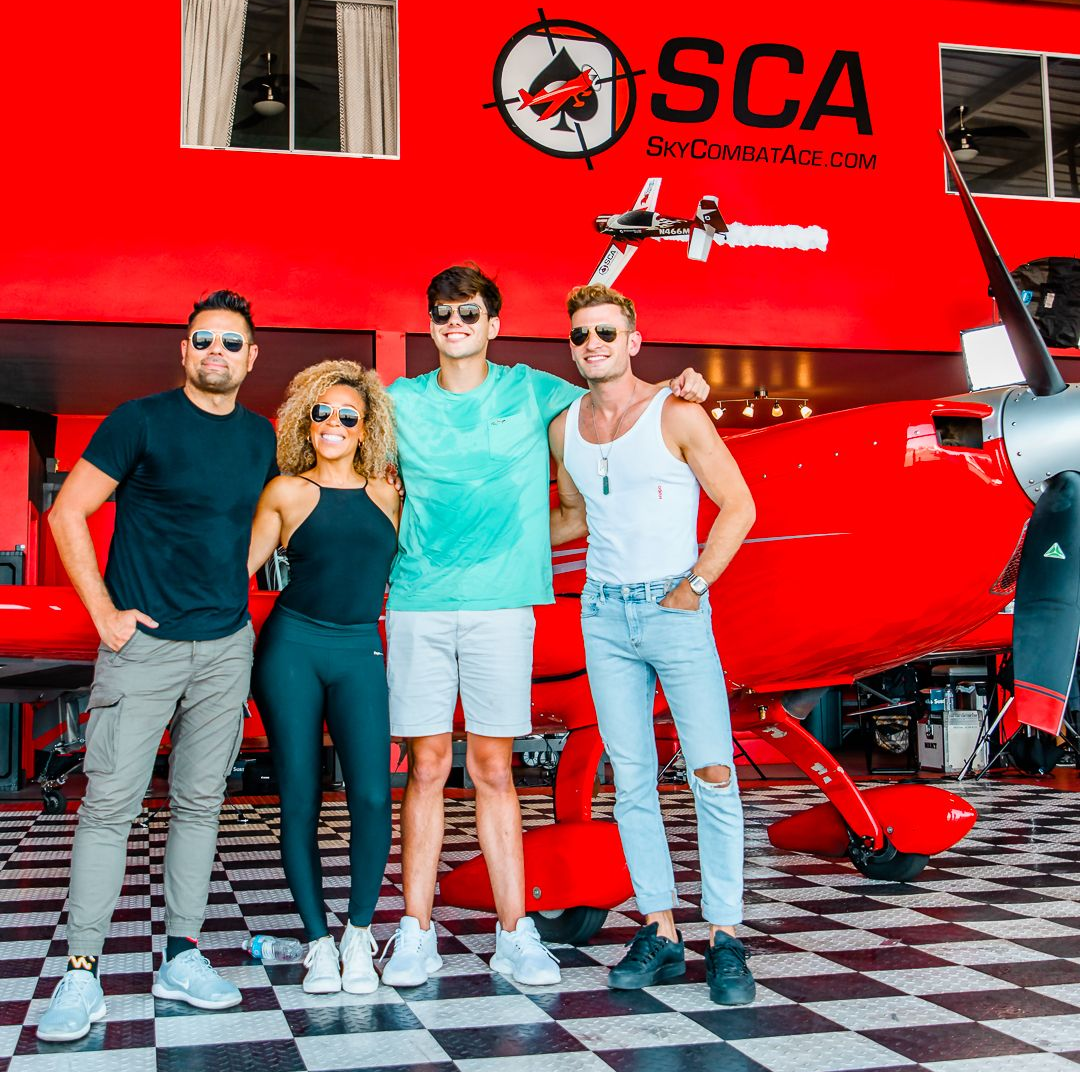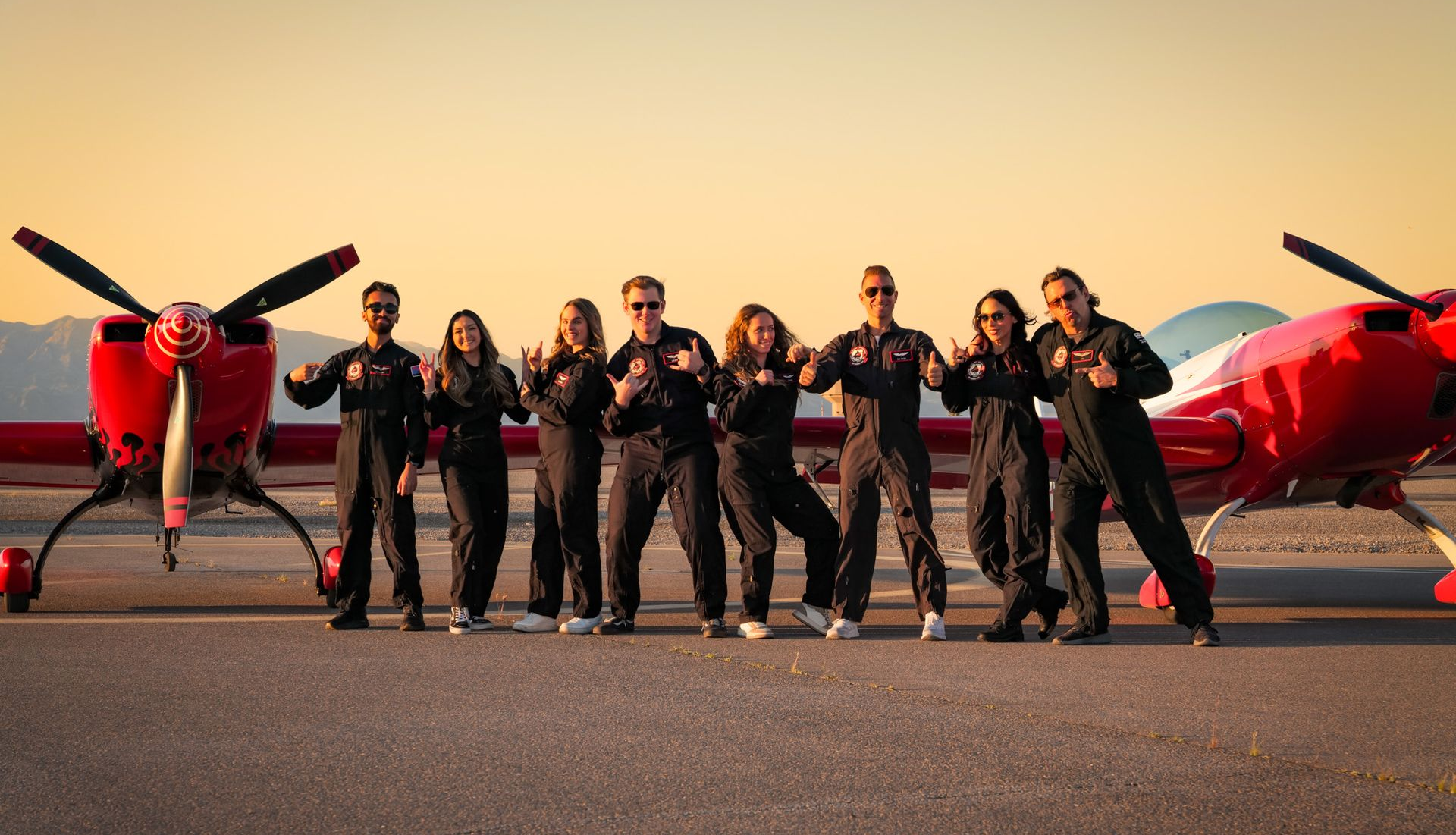What Flight Simulators Will Never Be Able to Simulate
SHARE THIS POST:
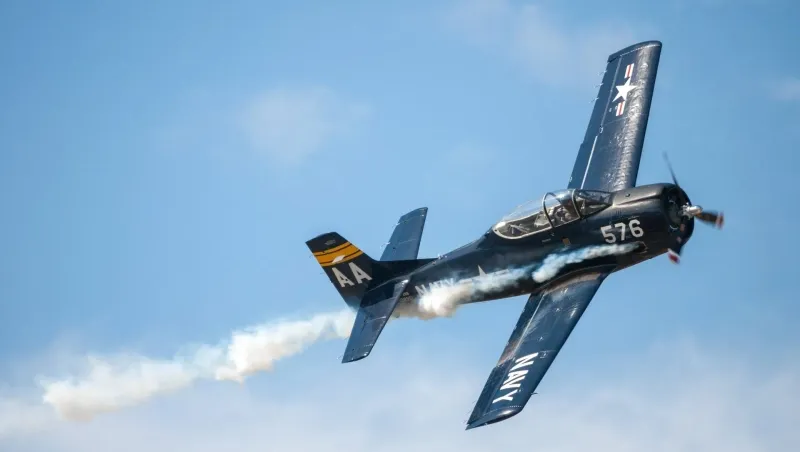
Flight Training and Full Flight Simulators
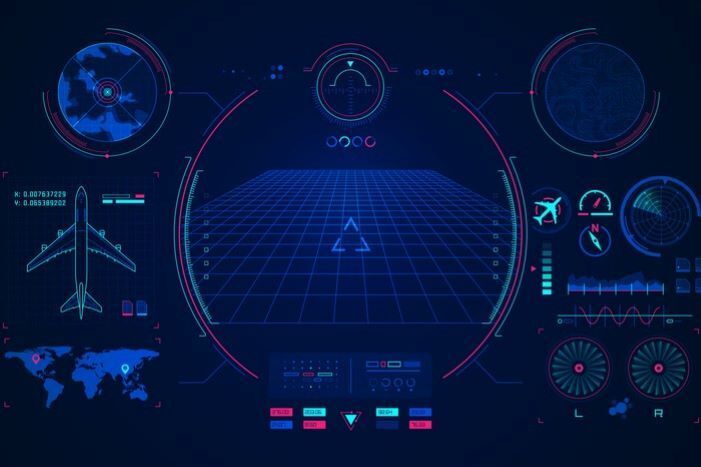
Flight simulators can be enormously helpful in teaching various skills. While flying in an aircraft can be overwhelming for beginner flight students, a flight simulator offers the opportunity to practice skills in a controlled environment. Flight instructors can introduce skills one at a time and then group them together when the student is ready.
Flight simulators offer convenience, cost-savings, and weather-independent training opportunities. The ability to pause a simulation and then take the time to discuss and brief what has happened and what will happen next make simulators an invaluable teaching tool that, in many ways, can rival an actual aircraft.
But there are some skills and experiences that can't be taught or replicated in a flight simulator, no matter how realistic it is. So, it's still vital for students to practice skills in an actual aircraft and be guided by a competent flight instructor. Here's a look a simulation technology today and a few things that they still can't do.
What Is a Flight Simulator?
The term "flight simulator" means different things to different pilots. For professionals, the standard definition is the legal one. As defined by the U.S Federal Aviation Administration¹, a full flight simulator (FFS) is a full-motion hyper-realistic device designed to replicate a make and model of aircraft exactly. These are the multi-million dollar devices located worldwide where pilots complete their type rating training for all types of large or turbine aircraft.
Beginners often use the term to describe many different devices, from home computer programs to pilot school "flight training devices" (FTDs). These devices usually don't have motion, although some do. They typically replicate a category of aircraft instead of a specific make and model. There are also now aviation training devices (ATDs), both basic and advanced, that take simple PC-based simulation to the next level of realism.
No matter what you think of when you hear "flight simulators," they all have limitations.
Physical Piloting Skills
Pilot skills are commonly divided into two sets—physical and soft skills. Both can be taught in a simulator, but there are limits to both of them.
Visual Approach
Most of the limitations on physical skills revolve around the landing. While simulators are outstanding at learning the fundamentals of instrument approaches, including aircraft control, things get much tougher when it comes time to transition from instrument to visual flying.
A visual approach is one of the hardest things to teach in a simulator. It requires practice in gauging the aircraft's performance and momentum in relation to multiple sight pictures. In other words, the references out the side, quarter, and front windows are all equally important. Unfortunately, most flight simulators do not have enough visual references to simulate a visual approach realistically.
Circling Approach
The instrument equivalent is the circling approach. This requires the pilot to descent to the desired altitude and then circle the airport to another runway. Without excellent visibility out of the side or even rear windows, a circling approach is extremely difficult.
Flare and Touchdown
Finally, there is the act of touching down. Some simulators do a decent job of this, but the actual finesse of the touchdown is one of the most challenging things to simulate. While it's easy to teach a stabilized approach and airspeed control, gauging the flare and round out for different aircraft requires more detail from the visual sight picture than most simulators can provide.
Soft Skills
Skills that students can't easily learn from books or lectures can be challenging to teach in a simulator. These soft skills often require exposure to the right conditions and guided introspection to properly grasp.
Real-Life Distractions
While you can train to manage distractions in the flight simulator, there's a different level of urgency on the ground.
Stress and Fear Management
In a flight simulator, there's a level of known safety. You know you will be able to escape the situation alive, whether you make a mistake or not.
There are some emergencies that pilots only tackle in the flight simulator. However, practicing for emergencies in the air is key to a pilot's preparation to face real-life emergencies.
Exposing a student pilot to emergencies in the air allows the student to experience real-life stress. Student pilots can then review their feelings and actions and have a better understanding of their stress reaction.
Managing Hazardous Attitudes
The FAA recognizes various attitudes that are hazardous to flight². These attitudes are:
- Macho
- Anti-authority
- Impulsivity
- Resignation
- Invulnerability
Hazardous attitudes are most often seen in real-life, in-flight situations and decision-making. Therefore, it's essential for flight instructors to monitor their students for hazardous attitudes and encourage students to take the prescribed approach to overcome them.
In simulated conditions, students are more likely to make the "right" decision. For example, the student pilot might be able to recognize unsafe weather conditions in the classroom setting. However, they may be more inclined to show invulnerability when they have a real-life destination to reach.
In a simulated training scenario, a student may correctly choose to initiate a go-around. However, in a real-life scenario, aggravation and the “get-there-itis” is much more pressing, so the student may choose to execute an unsafe landing.
Real-life scenarios are vital to assessing real-life attitudes and flash-points for potential problems.
The Best Pilot Training Methods
Flight simulators offer students many advantages during training. Today's flight schools can optimize their training programs so that students learn repetitive and straightforward skills in the simulator while using actual aircraft for more challenging skills. However, flight simulators work best when used in conjunction with training time in real aircraft—not instead of.
Interested in training as a pilot? Sky Combat Ace offers
flight training for tailwheel aircraft or upset recovery training to enhance the skills that will help you handle the unexpected. Our hands-on classes are taught by experienced pilots with safety as our priority. To learn more, contact our team today!
Sources:
¹Bernard, Marcel. (2012 September). Real Learning through Flight Simulation. FAA Safety Briefing Magazine. Retrieved 16 September from https://www.faa.gov/news/safety_briefing/2012/media/SepOct2012ATD.pdf
²Nuñez, B., López, C., Velazquez, J., Mora, O. A., & Román, K. (7 May 2019). Hazardous Attitudes in Us Part 121 Airline Accidents. 20th International Symposium on Aviation Psychology, 37-42. Retrieved 16 September from https://corescholar.libraries.wright.edu/cgi/viewcontent.cgi?article=1006&context=isap_2019
The Afterburner
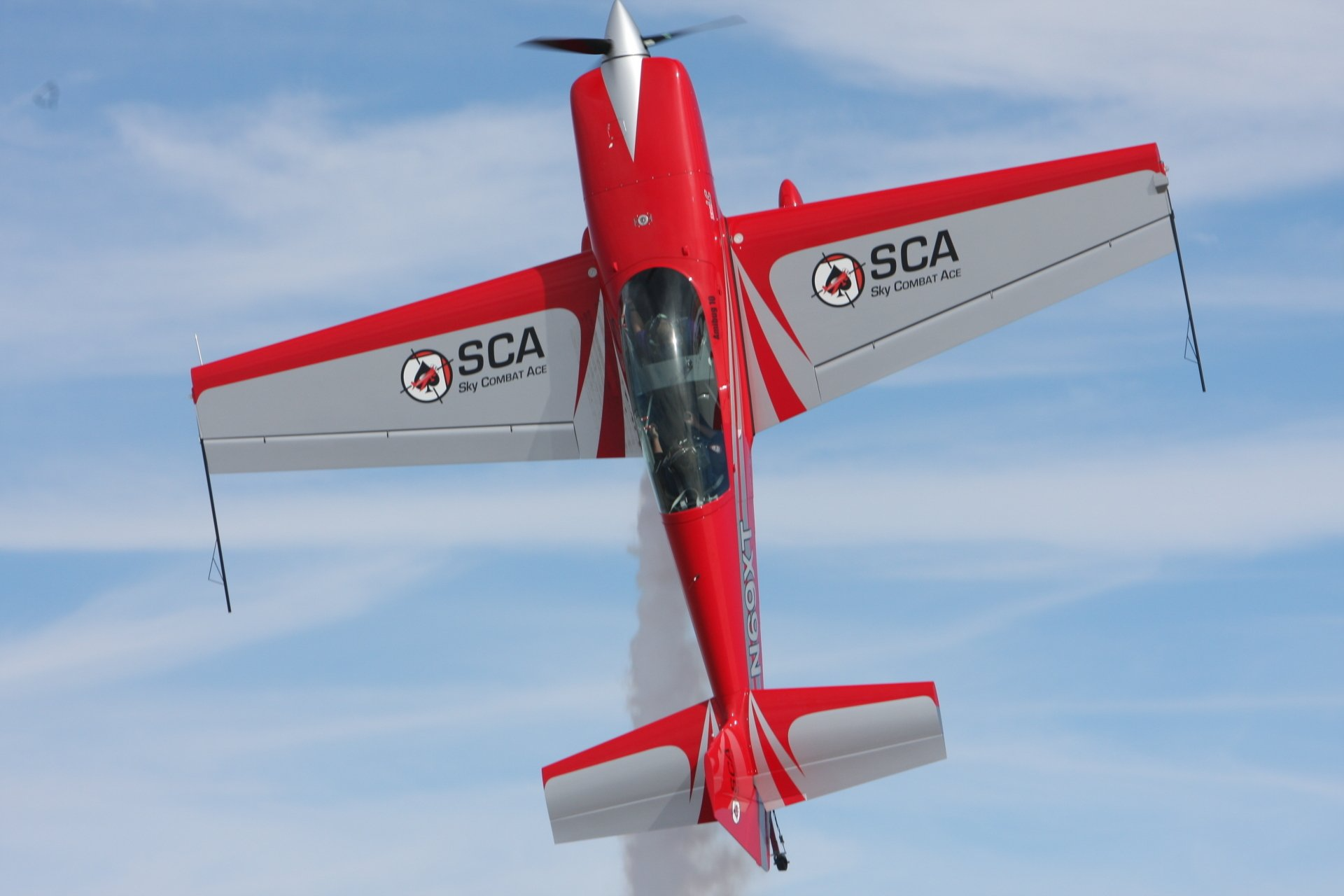
YOU GET TO FLY THE MANEUVERS
Why ride along when you can fly your own airshow routine…? Featuring both basic and advanced aerobatics, you take the controls and become your very own airshow pilot.
Sky Combat
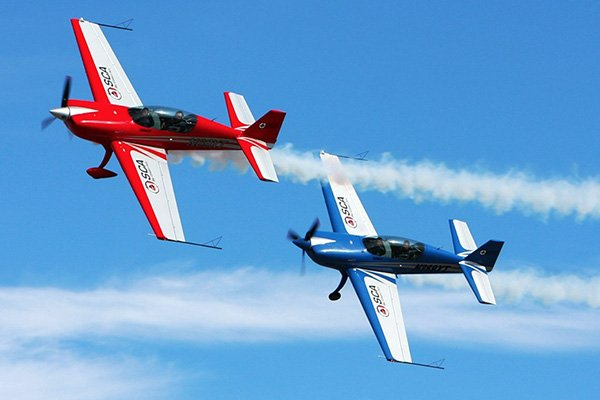
LASER TAG IN THE SKY!
Experience the thrill of air-to-air combat as you wage a battle for aerial dominance where there can be only one victor. YOU fly the plane with a trained SCA fighter pilot.
Top Gun
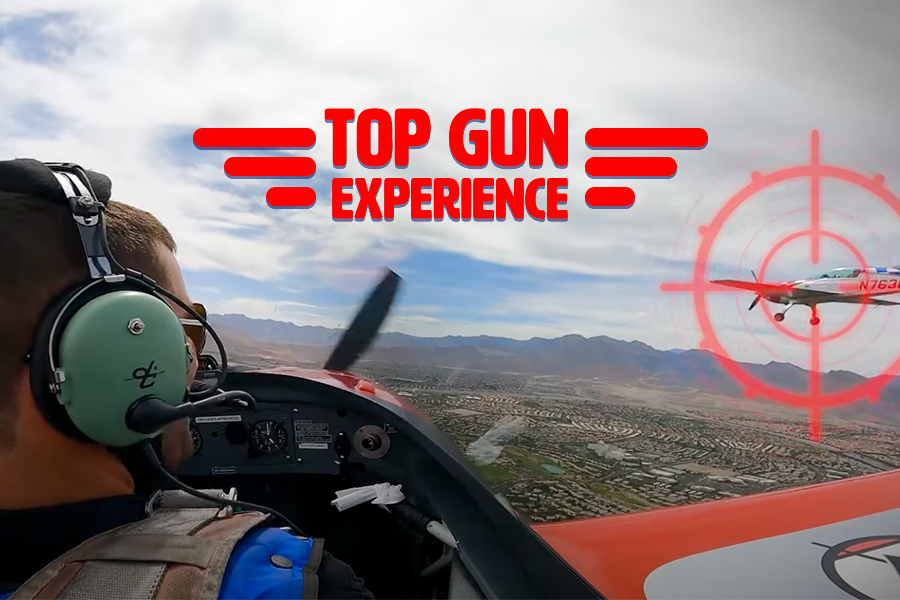
FLY LIKE A TOP GUN PILOT!
If you want to experience the most amazing, butt kicking, extreme adventure of a lifetime, then look no further than our Top Gun package!
Operation Recon
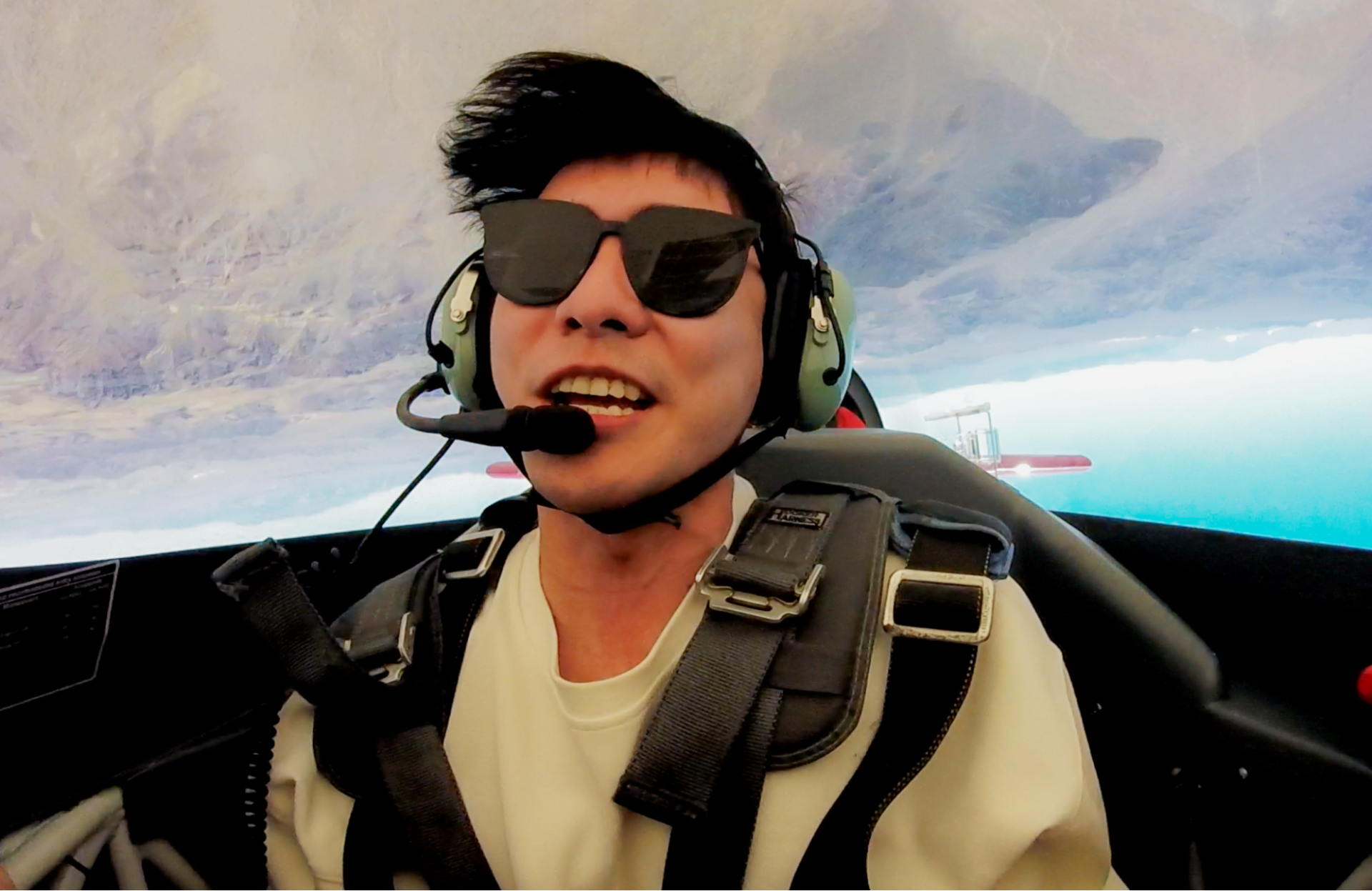
WE FLY THE MANEUVERS
Appropriate for the whole family, this is a great way to be introduced to the world of basic aerobatics. Think of it as a roller coaster without the rails.
Check These Out Next:
Fly A Real Stunt Plane!
Sky Combat Ace was created by a U.S. Air Force veteran fighter pilot who wanted to make the thrill of flying fighter jets available to anyone who feels the need for speed.
Learn to fly a stunt plane under the supervision of our highly trained, FAA certified flight instructors. No experience necessary and YOU get to fly the plane!
